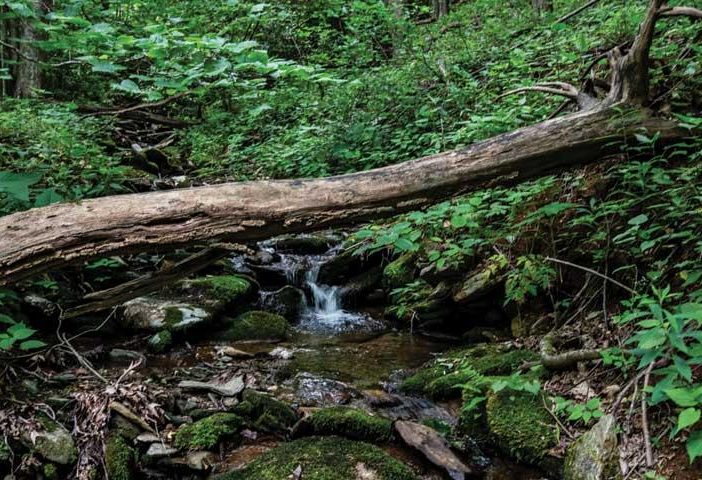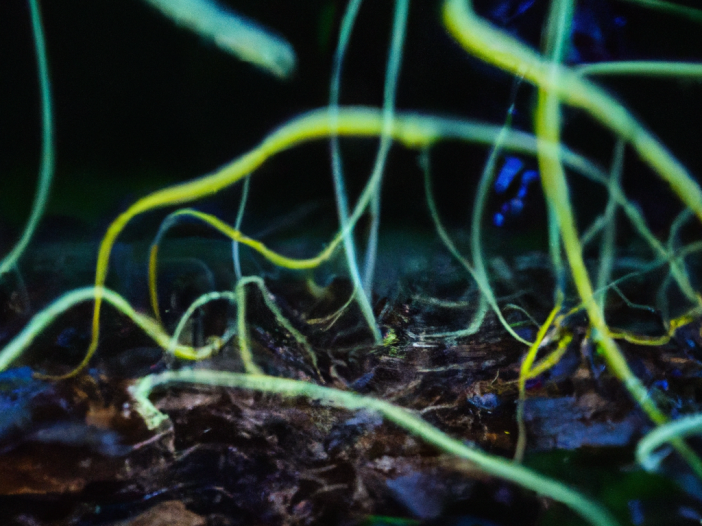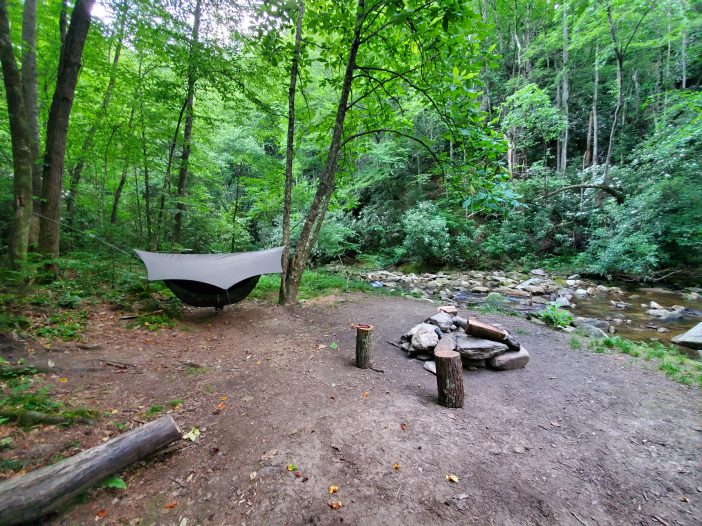Western North Carolina’s mountain streams have sustained traditional fishing practices for thousands of years. The Cherokee developed sophisticated methods using handmade gear, natural baits, and deep ecological knowledge that modern practitioners can learn today. These time-tested techniques work consistently for long-term food security, from crafting hooks from bone and thorns to reading water like ancient texts. Brook trout, rainbow trout, and smallmouth bass respond to seasonal patterns that wilderness anglers can exploit with patient observation and traditional skills.
Read MoreEnvironment and Sustainability
Smokey Bear at 79: Aging Gracefully and the Enduring Spirit of Conservation
In the dense canopy of the Western wilderness, a birthday cheer resonates. The echoes are for no ordinary creature but a beloved icon whose legacy has permeated American culture for nearly eight decades – Smokey Bear. Celebrated annually on August 9th, Smokey’s birthday is an emblematic event, underscoring the timeless relevance of his message – “Only YOU Can Prevent Forest Fires!”
Read MoreChasing the Blue Ghosts: Discovering Fireflies in Western North Carolina
These captivating creatures, scientifically known as Phausis reticulata, bring an enchanting luminescence to the forests of Western North Carolina. Distinguished from other firefly species, the male Blue Ghost Fireflies emit a unique and sustained blue glow, hovering close to the forest floor during mating season in search of a mate.
Read MoreDiscover Asheville’s Second Gear for Sustainable and Stylish Adventure Equipment
Second Gear is a renowned consignment store specializing in outdoor gear and apparel, with a focus on sustainability, affordability, and local outdoor sports. In this article, we delve into the various facets of Second Gear, encompassing its consignment program, extensive inventory, and unwavering commitment to sustainability.
Read MoreWhere to Camp
Ask yourself what expectations, goals, and limits do you have for the outdoor activities you’re planning. Consider the same for everyone that will be joining the group. The trip may be a simple night of KOA car camping or five days of backpacking your local National Forest.
Read More



